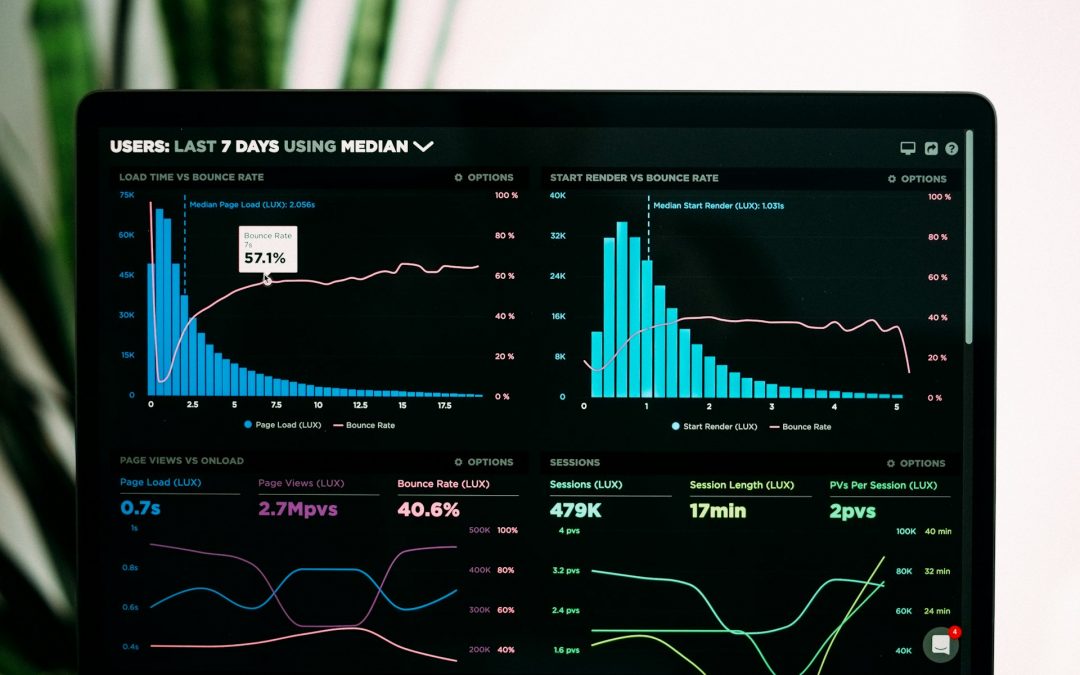
Harnessing the Power of AML Screenings to Uncover Politically Exposed Persons (PEPs)
Politically Exposed Persons (PEPs) are individuals who hold prominent public positions and are considered higher risk for potential involvement in corruption and money laundering. AML screenings are essential for identifying and managing the risks associated with PEPs. This article explores how AML screenings can uncover PEPs and enhance compliance programs.
Understanding Politically Exposed Persons (PEPs)
PEPs are individuals who are or have been entrusted with prominent public functions. This includes politicians, senior government officials, judicial or military officials, and executives of state-owned enterprises. Due to their positions, PEPs are at a higher risk of being involved in bribery, corruption, and money laundering.
The Importance of Identifying PEPs
1. Risk Management
Description: Identifying PEPs is crucial for managing the risks associated with corruption and money laundering.
How It Works:
- Enhanced Due Diligence: Apply enhanced due diligence measures to PEPs to understand their risk profiles.
- Risk Assessment: Assess the level of risk associated with PEPs and adjust monitoring accordingly.
- Ongoing Monitoring: Continuously monitor PEPs’ transactions to detect any unusual or suspicious activities.
Benefits:
- Risk Mitigation: Reduces the risk of financial institutions being used for illicit activities.
- Compliance: Ensures compliance with AML regulations that require enhanced scrutiny of PEPs.
- Reputation Management: Protects the institution’s reputation by preventing involvement in corrupt practices.
2. Regulatory Compliance
Description: Financial institutions are required by AML regulations to identify and monitor PEPs.
How It Works:
- Screening Tools: Use AML screening tools to identify PEPs during the onboarding process and periodically thereafter.
- Regulatory Reporting: Report suspicious activities related to PEPs to regulatory authorities.
- Compliance Checks: Regularly review and update PEP lists to ensure compliance with regulatory requirements.
Benefits:
- Adherence to Regulations: Meets regulatory requirements for identifying and monitoring PEPs.
- Transparency: Provides transparency in dealings with high-risk individuals.
- Audit Trail: Maintains an audit trail of compliance activities related to PEPs.
Effective AML Screening for PEPs
1. Implement Advanced Screening Tools
Description: Use advanced AML screening tools to identify PEPs and assess their risk profiles.
Tools:
- Databases: Access global databases of PEPs to identify individuals during the onboarding process.
- AI and Machine Learning: Employ AI and machine learning to analyze data and detect patterns that may indicate a PEP.
- Real-Time Screening: Conduct real-time screenings to identify PEPs promptly.
Benefits:
- Accuracy: Enhances the accuracy of identifying PEPs.
- Efficiency: Automates the screening process, reducing manual effort.
- Timeliness: Identifies PEPs in real-time, allowing for immediate action.
2. Conduct Enhanced Due Diligence (EDD)
Description: Apply enhanced due diligence measures to PEPs to manage the higher risk associated with their positions.
Steps:
- Detailed Information: Collect detailed information about the PEP’s background, source of funds, and business activities.
- Close Monitoring: Monitor the PEP’s transactions closely for any signs of unusual or suspicious activities.
- Periodic Reviews: Conduct regular reviews of the PEP’s account to ensure ongoing compliance.
Benefits:
- Risk Mitigation: Reduces the risk associated with dealing with PEPs.
- Compliance: Meets regulatory requirements for enhanced due diligence on high-risk individuals.
- Security: Enhances the security of financial transactions by providing additional scrutiny.
3. Train Employees on PEP Identification and Management
Description: Regularly train employees on identifying and managing PEPs as part of the AML compliance program.
Training Components:
- Identification Techniques: Teach employees how to identify PEPs using screening tools and databases.
- Risk Assessment: Train employees on assessing the risk levels associated with PEPs.
- Reporting Procedures: Educate employees on the procedures for reporting suspicious activities related to PEPs.
Benefits:
- Knowledgeable Staff: Ensures employees are well-informed about PEP identification and management.
- Improved Detection: Enhances the ability to detect and manage PEP-related risks.
- Compliance Culture: Fosters a culture of compliance within the organization.
Harnessing the power of AML screenings to uncover Politically Exposed Persons (PEPs) is essential for managing the risks associated with corruption and money laundering. By implementing advanced screening tools, conducting enhanced due diligence, and training employees, financial institutions can effectively identify and monitor PEPs. These measures not only ensure compliance with regulatory requirements but also protect the institution’s reputation and enhance the overall security of financial transactions.













